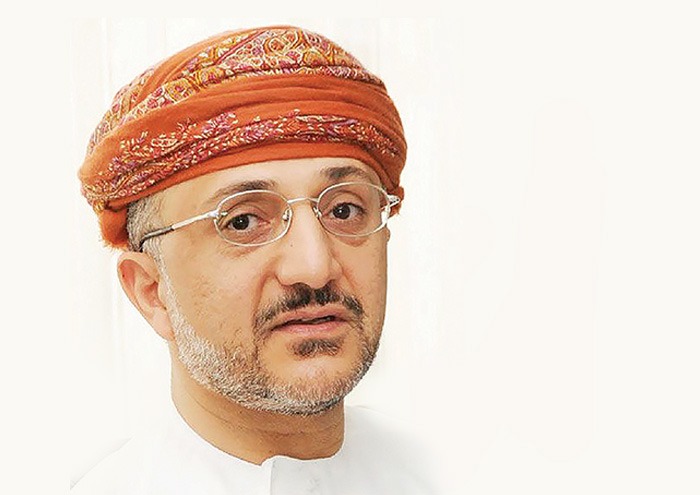
Muscat: Under Oman’s plan to recover from the COVID-19 pandemic, a budget has been drawn up to allocate funds to develop a number of tourism sites in cooperation with local governing bodies.
Oman’s Minister of Tourism Salim bin Mohammed bin Said Al-Mahrouqi added that these plans include providing integrated services in 10 beaches in different governorates, while also giving priority to a number of service projects in the Dhofar Governorate. “The next two years will see big differences and major additions to Oman’s tourism sector,” he said. “Within the plan to recover from the coronavirus pandemic, there is an approved budget for the development of a number of tourist sites.
“There is a deficit, and a big difference in terms of what Omani tourists spend inside the country as opposed to what they spend abroad,” said the minister. “It is estimated that about OMR700mn is spent outside the country by Omani tourists. “It is our responsibility to reduce this deficit through the establishment of entertainment projects that attract Omani tourists,” he added.
“Infrastructure is complete in most of the tourist sites in the Sultanate, with the exception of some areas that need more attention to create wider tourism development in their next stage of planning. We also need to make basic services available in all licenced castles and forts in the country.”
Recreational tourism
Three key projects involving recreational tourism are under development: Al Sharq in the Blue City, which is expected to open in 2024 and will have all the main ingredients for recreational tourism, while work is also likely to start soon on the Nakhil Resort project, as well as another one in Wilayat Quriyat.
“We welcome all initiatives and ideas to establish recreational tourism projects in the Sultanate, and are working on preparing programmes to support small and medium enterprises in the tourism sector by providing many financing programmes, incentives and legislative procedures in terms of interest rates and exemptions, which we believe are important to push these projects,” added the minister.
As part of efforts towards heritage tourism, 85 castles and forts have been restored and are ready for tourism investors.
“We invite people to take the initiative to invest in them, as these are areas of high reward: Their profits are quickly generated and costs to run these facilities are not exorbitant,” explained Al Mahrouqi. “The ministry will also provide financing programmes for these projects. We have previously seen successes of this nature in Nizwa Fort and Jibreen Castle.”
The Ministry of Tourism will also soon launch tenders for the management and operation of tourism sites on the UNESCO World Heritage List such as Qalhat, and Bat, under which investors will need to provide basic services and guide facilities to visitors.